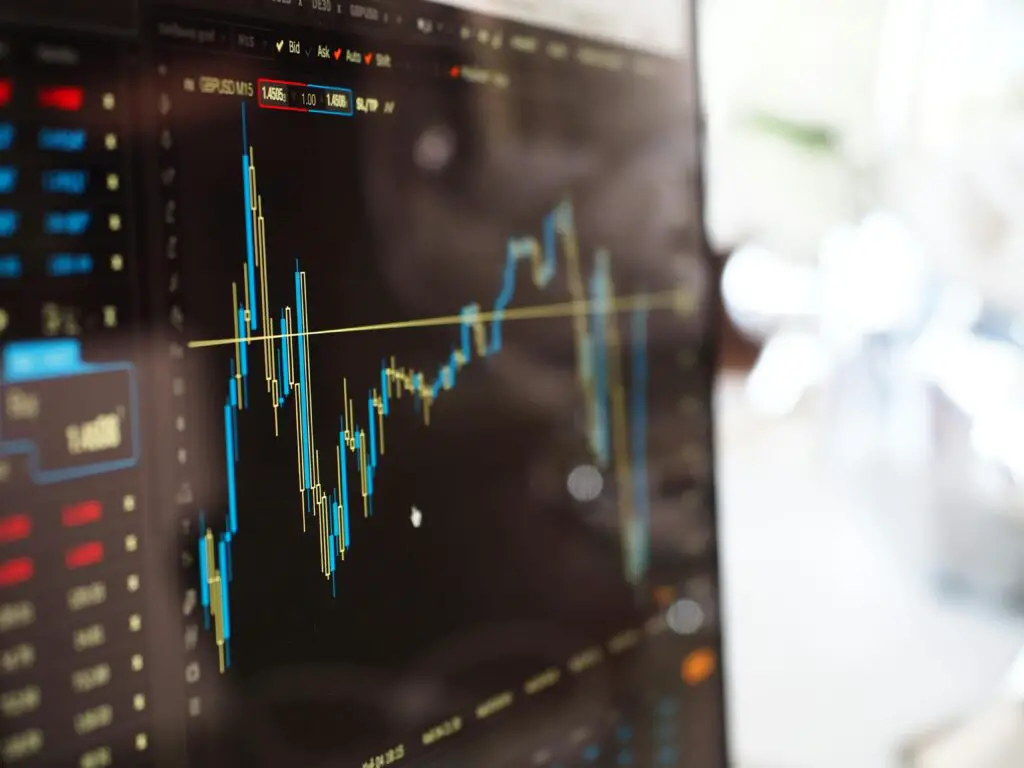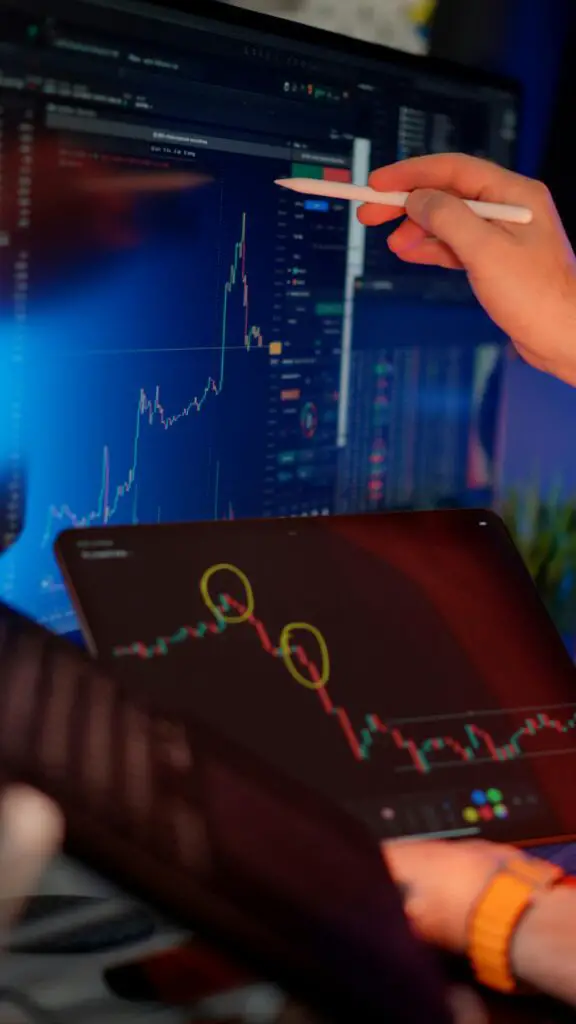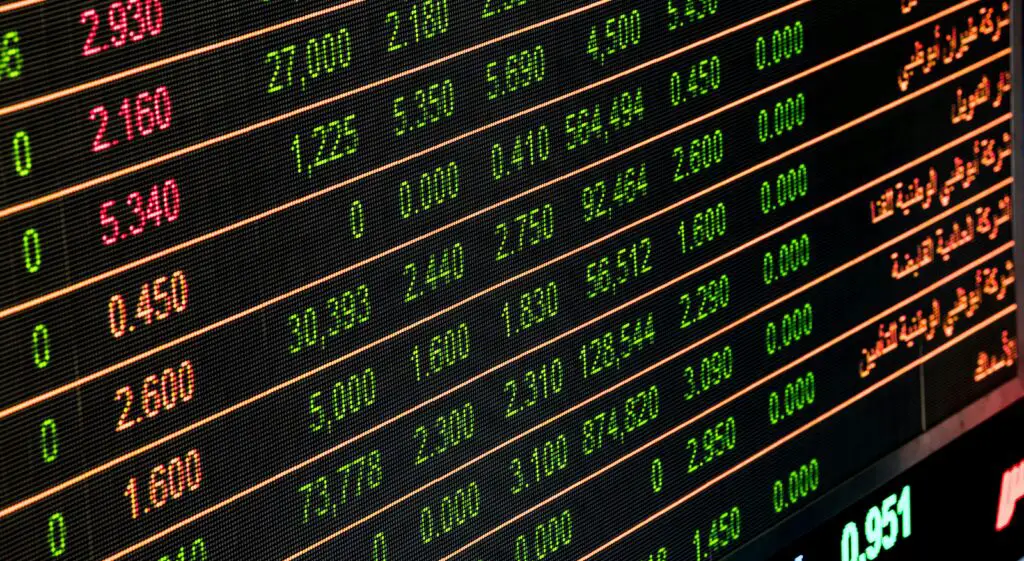
The Importance of Risk Management in Forex
Why Risk Management Matters More Than Strategy
Many traders search for the 'perfect' strategy, but even the best setups fail without proper risk controls. Risk management preserves trading capital, reduces emotional decision-making, and ensures survival — which is the prerequisite for any long-term edge. A consistent risk framework prevents a few bad trades from wiping out months or years of gains.
Core Principles of Forex Risk Management
1. Capital Preservation
The number one rule: never risk more than you can afford to lose. If your account can survive drawdowns, you can continue learning and adapt your strategy.
2. Position Sizing
Position size determines how much of your account is at risk. Use a percentage-based model (for example 0.5%–2% of account equity per trade) to keep losses manageable. Calculate lot size based on stop-loss distance and risk per trade.
3. Stop Losses
Stops define the maximum loss on a trade. Place stops using technical levels (structure, support/resistance, ATR) rather than arbitrary amounts. Respect your stops — moving them only increases the chance of bigger losses.
4. Leverage Control
Leverage amplifies both gains and losses. High effective leverage can produce fast account blow-ups. Use reasonable leverage and ensure position sizing accounts for it.
How to Size Positions — A Simple Method
Follow these steps to calculate a position size that matches your risk tolerance:
- Decide risk per trade as a percentage of account (e.g., 1%).
- Determine stop-loss distance in pips (based on technicals).
- Calculate dollar risk: account equity × risk percent.
- Lot size = dollar risk / (stop-loss in pips × pip value).
This method keeps risk consistent across trades regardless of stop size or pair volatility.
Setting Stops: Techniques That Work
- Technical stops: Place stops beyond swing highs/lows, structure, or moving averages.
- Volatility stops: Use ATR (Average True Range) to set wider stops for more volatile pairs or timeframes.
- Time stops: Exit if a trade fails to progress within an expected timeframe.
Risk:Reward and Expectancy
Use risk:reward ratios to structure trades (common targets are 1:2 or higher). However, risk:reward alone doesn't guarantee profitability — trade expectancy (average win × win rate − average loss × loss rate) tells you whether your plan is profitable over time. Aim for a positive expectancy and keep the math simple and consistent.
Psychology: Managing Emotions and Discipline
Emotions undermine risk management. Fear causes premature exits; greed causes oversized positions. Build discipline with rules you follow mechanically: fixed risk per trade, predefined stop placement, and a trading plan. Use smaller position sizes when you feel emotional or after a series of losses.
Common Risk Management Mistakes
- Overleveraging to chase returns — leads to quick account destruction.
- Moving stops to avoid accepting losses — this increases drawdown potential.
- Risking too much on correlation — multiple trades in correlated pairs can concentrate risk.
- Ignoring slippage and execution risk, especially around news events.
Portfolio-Level Risk Controls
Think beyond single trades. Manage exposure across all open positions by limiting total risk at any time (for example, never have more than 5% of equity at risk across all trades). Monitor correlations — avoid simultaneous positions that amplify directional exposure (e.g., long EUR/USD and long GBP/USD).
Practical Risk Management Checklist
- Define account risk per trade (0.5%–2%).
- Calculate position size using stop distance and pip value.
- Set stop-loss using technical or volatility-based methods.
- Limit total account exposure and account maximum drawdown.
- Use appropriate leverage and adjust during high-impact news.
- Keep a trading journal and review losing trades for lessons.
Tools and Resources
Use position size calculators, volatility indicators (ATR), economic calendars, and trade journals. RFXSignals provides trade management guidance and curated signals that include explicit risk parameters. Follow our community channels for live support and updates:
Putting It Into Practice: Example
Account size: $10,000. Risk per trade: 1% ($100). You identify a trade with a stop of 50 pips and the pip value is $1 per micro-lot (USD pairs). Lot size = $100 / (50 pips × $1) = 2 micro-lots (0.02 standard lots). This keeps every trade's dollar risk consistent and prevents emotional scaling during live moves.





















